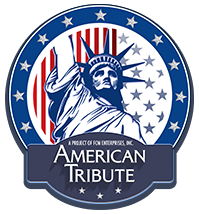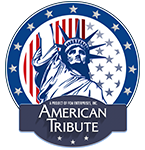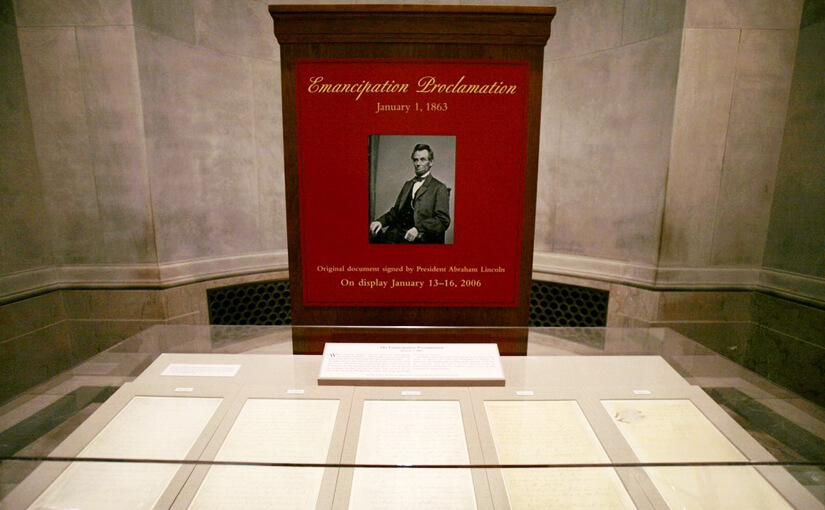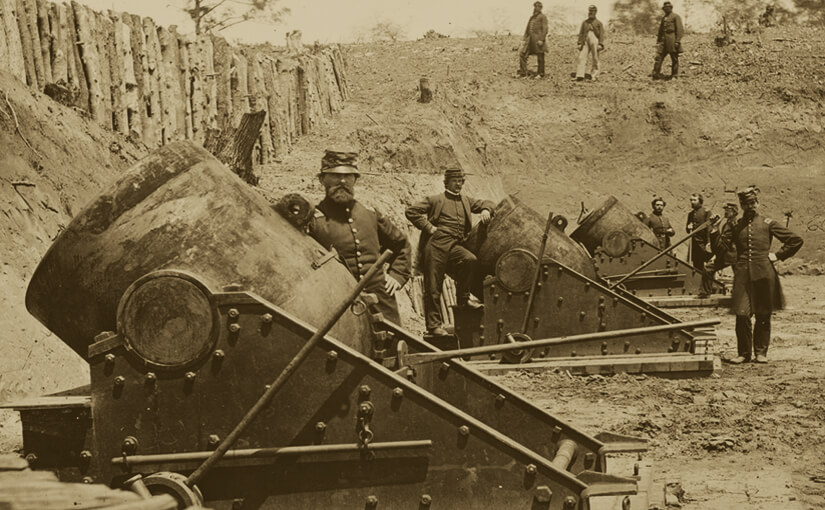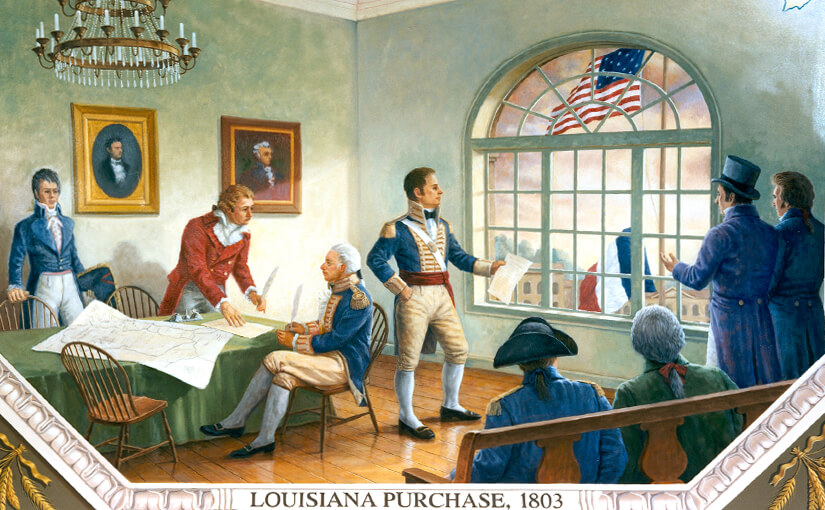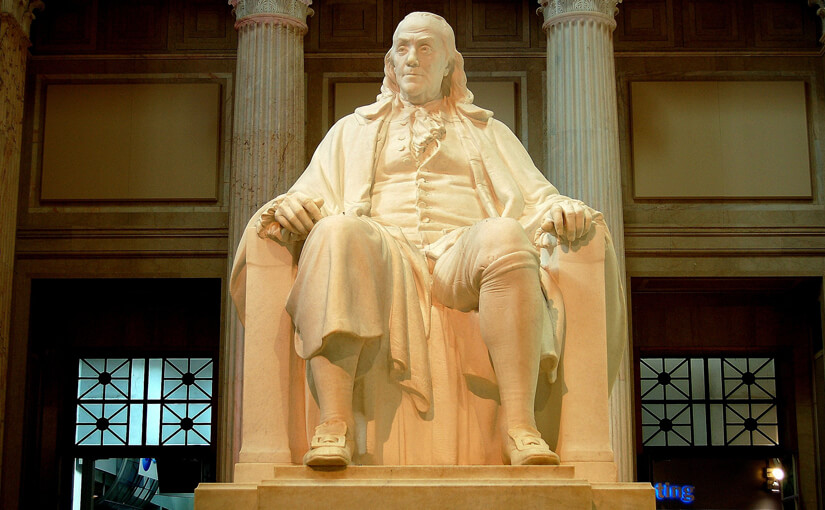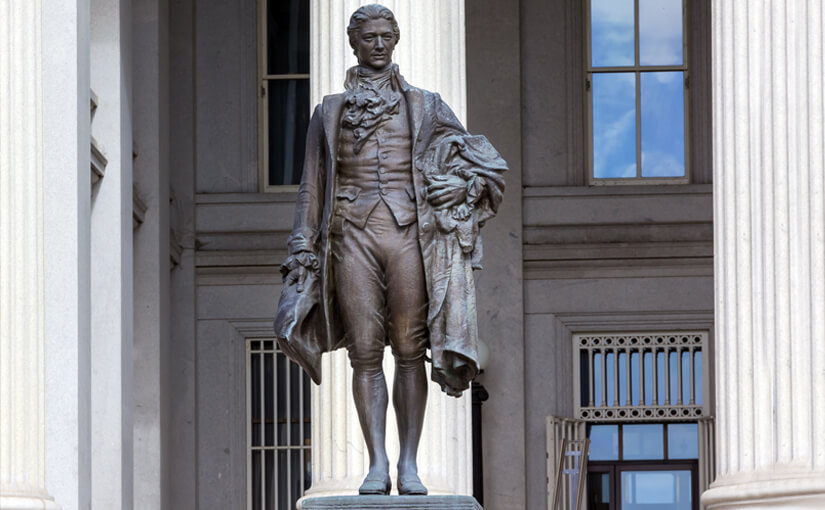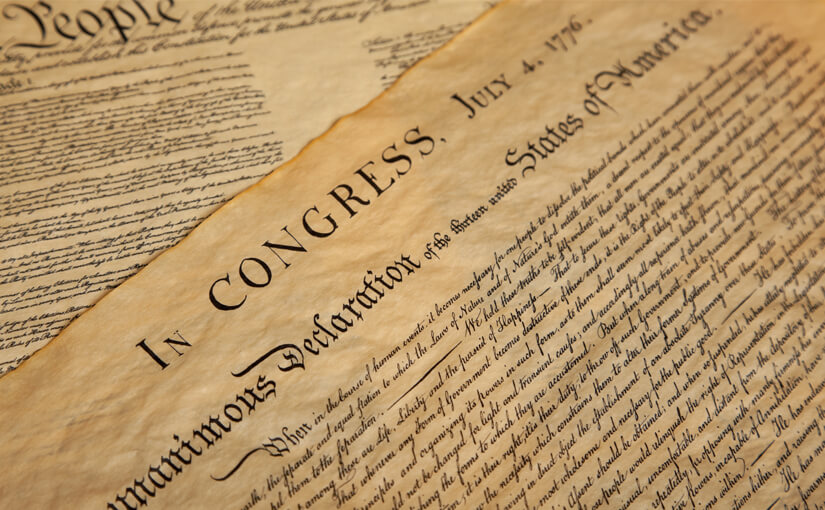- Freed the slaves
- Freed slaves in the Confederacy
- Freed slaves in the Confederate states
- Freed slaves in most Southern states
In 1863, in the middle of the Civil War, President Abraham Lincoln issued the Emancipation Proclamation. The Emancipation Proclamation declared that slaves living in the southern or Confederate states were free. Many slaves joined the Union army.
In 1865, the Civil War ended and the southern slaves kept their right to be free. The Emancipation Proclamation led to the 13th Amendment to the Constitution, which ended slavery in all of the United States.
** As you prepare for U.S. citizenship, Learn About the United States: Quick Civics Lessons will help you study for the civics and English portions of the naturalization interview.
There are 100 civics (history and government) questions on the naturalization test. During your naturalization interview, you will be asked up to 10 questions from the list of 100 questions. You must answer correctly six (6) of the 10 questions to pass the civics test.
